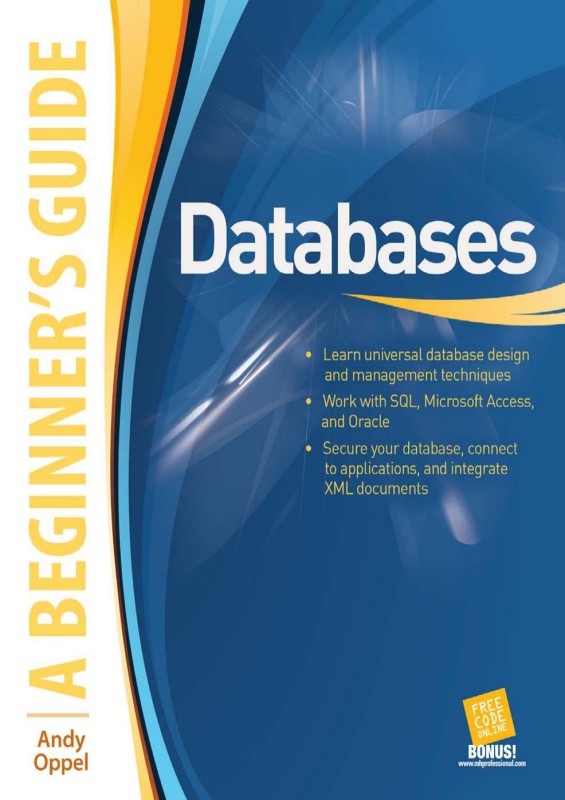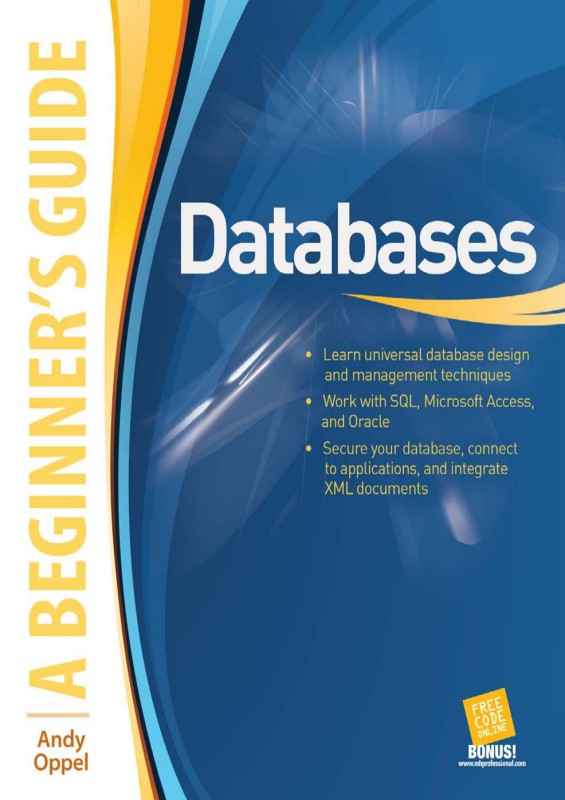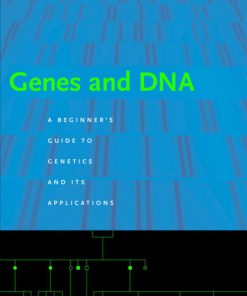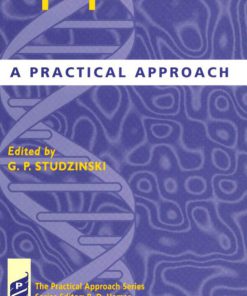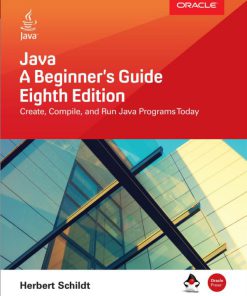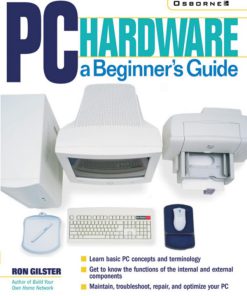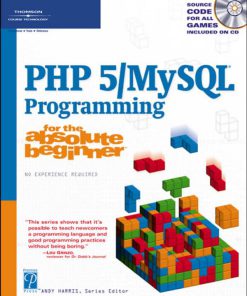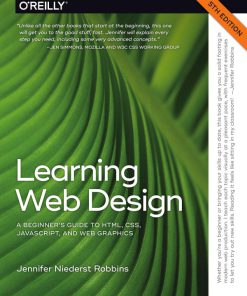Databases a Beginner’s Guide 1st edition by Andy Oppel ISBN‎ 007160846X 978-0071608466
Original price was: $50.00.$25.00Current price is: $25.00.
Authors:Andy Oppel , Series:Computer Science [49] , Tags:Computers; Database Administration & Management , Author sort:Oppel, Andy , Ids:9780071608473 , Languages:Languages:eng , Published:Published:May 2009 , Publisher:McGraw Hill Professional , Comments:Comments:Essential Database Skills–Made Easy!Learn standard database design and management techniques applicable to any type of database. Featuring clear examples using both Microsoft Access and Oracle, Databases: A Beginner’s Guide begins by showing you how to use Structured Query Language (SQL) to create and access database objects. Then, you’ll discover how to implement logical design using normalization, transform the logical design into a physical database, and handle data and process modeling. You’ll also get details on database security, online analytical processing (OLAP), connecting databases to applications, and integrating XML and object content into databases. Designed for Easy Learning Key Skills & Concepts–Chapter-opening lists of specific skills covered in the chapter Ask the Expert–Q&A sections filled with bonus information and helpful tips Try This–Hands-on exercises that show you how to apply your skills Notes–Extra information related to the topic being covered Self Tests–Chapter-ending quizzes to test your knowledge

